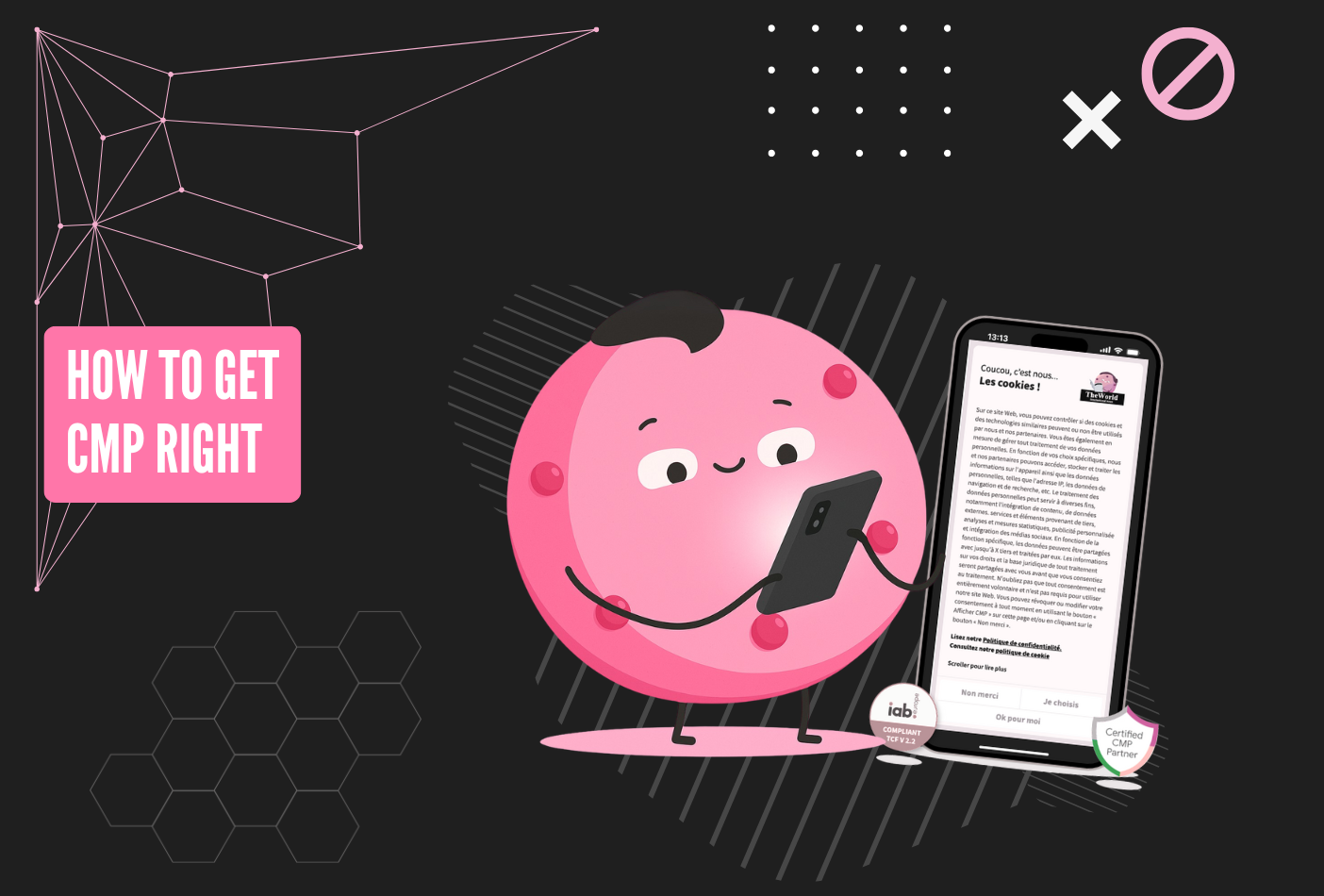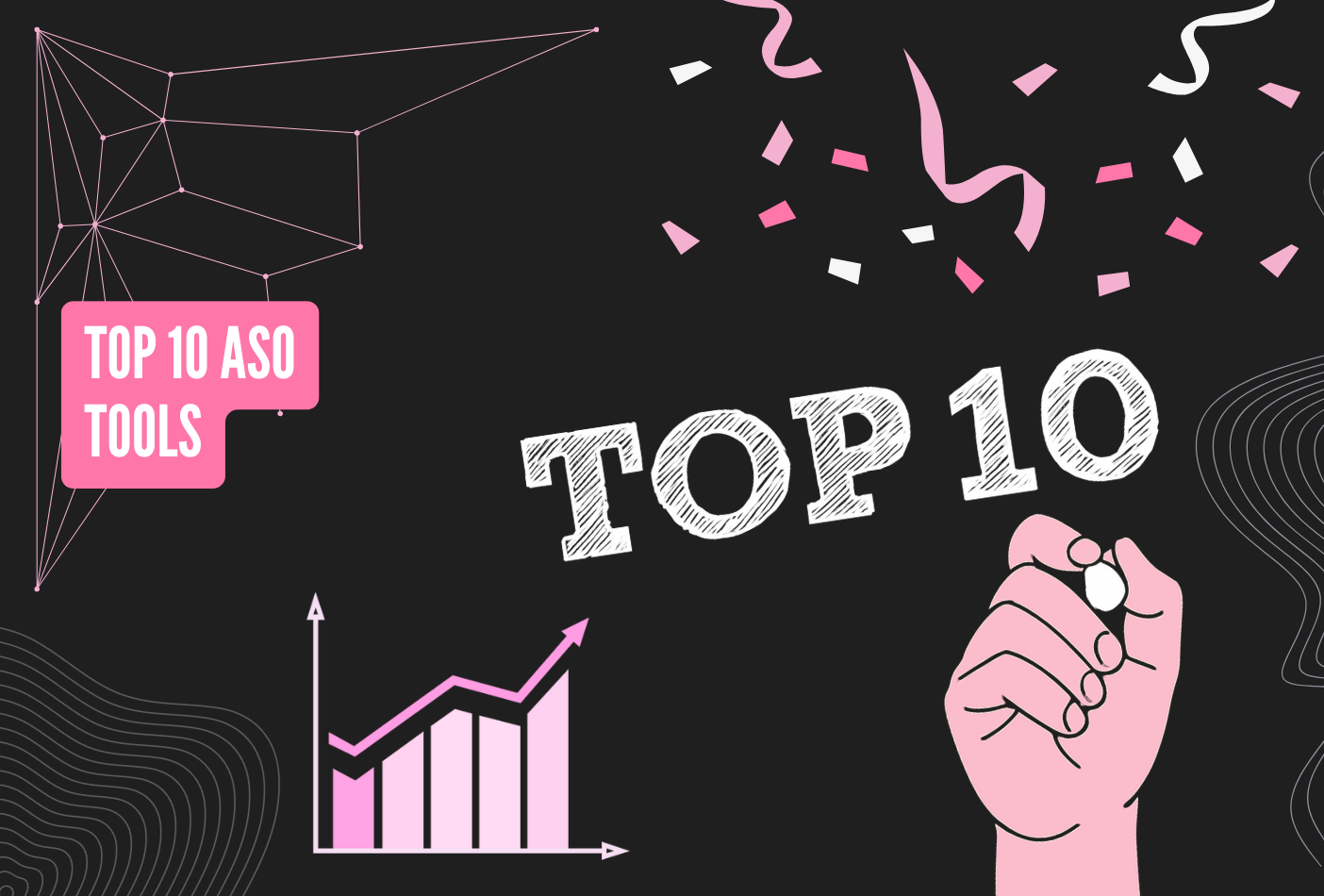Introduction
In today’s ultra-competitive app economy, an ASO agency can make the difference between a hidden app and a featured sensation. This app store optimization guide covers every facet of ASO—from keyword research to creative testing to choosing an expert ASO marketing agency—so you can drive downloads, skyrocket impressions, and win at user acquisition without blowing your UA budget.
1. Why ASO Matters for User Acquisition
Zero-Cost Visibility
Achieving visibility in the app stores without paying for clicks is the holy grail of mobile growth. When your app ranks organically for high-volume keywords, every tap becomes essentially free—no media buy required. For example, a health-tracking app that optimized around “step counter” saw a 120% lift in installs over three months, purely from better metadata and creative tweaks.
Over time, incremental ranking gains compound. As you climb from page 10 to page 3 for a core keyword like “fitness tracker,” your impressions jump exponentially. One client reported 50,000 monthly impressions at page 9, but after hitting page 3, they crossed 300,000 impressions—at zero incremental ad spend.
Moreover, organic rankings tend to stick longer than paid placements. While your competitors halve their budgets and disappear from the first page, your optimized listing continues to attract new users—even when you pause paid campaigns. This “always-on” visibility is what makes ASO such a sustainable channel.
Finally, free installs from organic search often deliver higher engagement and retention. Users who find you by searching a specific solution (“budget planner app”) typically have stronger intent than those who click a broad display ad, resulting in better long-term lifetime value (LTV). That makes your ASO investment doubly worthwhile.
Sustainable Growth
ASO isn’t a one-and-done campaign—it’s an investment in long-term equity. Every optimization you make to your keyword set, title, or creatives builds momentum in the app stores’ ranking algorithms. Over quarters, these signals compound: what starts as a small bump in impressions can turn into a dramatic surge in organic downloads.
When you target well-researched long-tail keywords—say “budget planner no ads”—you not only capture niche searchers today but also establish topical relevance that helps you rank for closely related phrases tomorrow. This cumulative effect means your download velocity can continue climbing quarter after quarter, even as competitors’ paid budgets swing up and down.
Sustainable growth also shines through cost predictability. Unlike paid channels, where CPAs and CPMs fluctuate with market demand, ASO costs are largely fixed (tool subscriptions, agency retainers) and don’t spike with competition. Once your core metadata and creative assets are dialed in, you reap ongoing benefits with minimal recurring spend.
Plus, as your app’s ratings and reviews improve—driven by in-app review prompts and timely feedback loops—you earn trust signals that further amplify both organic and paid performance. A virtuous cycle emerges: better ASO drives more installs, which drives more reviews, which boosts rankings, and so on.
Higher Conversion
Getting impressions is just the first step—converting them into installs is where the magic happens. Optimizing your listing goes beyond keywords; it’s about persuasion. A well-crafted app icon, compelling screenshots annotated with benefit-focused captions, and a punchy subtitle together nudge more searchers to hit “Download.”
Consider an e-commerce app that A/B tested two icon designs: the version emphasizing “Free Shipping” saw a 35% higher tap-through rate (TTR) than the generic shopping bag graphic. Those incremental taps translated into thousands of extra installs per month—at no ad cost.
Then there’s the power of video previews: apps that showcase a 30-second highlight reel of their flagship feature often see a 20–30% uplift in install conversions compared to static screenshots alone. Shoppers can “try before they buy” and immediately grasp value, reducing hesitation.
Finally, implementing dynamic text in your description—like “Join 1M+ users saving time”—leverages social proof to reassure skeptical downloaders. When every element of your store listing is optimized for persuasion, you not only attract more eyeballs but also convert them into loyal users at a dramatically higher rate.
2. Core ASO Components
2.1 Keyword Research & Optimization
Effective ASO begins with targeted keyword research. ASO agencies use tools like Sensor Tower, AppTweak, and Data.ai to uncover high-volume, low-difficulty keywords that match user intent. By analyzing competitor gap reports, you can discover untapped terms where your app can quickly rank.
Long-tail keywords—phrases of three or more words—often drive the highest conversion rates because they signal specific intent (e.g., “budget planner no ads”). Though search volume is lower, these terms can deliver higher-quality users with better retention and monetization profiles.
Localization multiplies your reach. Translating and optimizing your keyword set for each target market—accounting for local slang, script direction, and cultural nuances—can double or triple your impressions in non-English stores, unlocking fresh growth avenues.
Ultimately, track your impressions-to-install ratio for each keyword. Keywords that deliver high impressions but low installs may need tweaking in creative or metadata; those with high install rates deserve priority placement in your title or subtitle.
2.2 Metadata & On-Page Signals
Your title and subtitle are prime real estate for SEO. Incorporating top queries directly into these fields sends a strong relevance signal to the App Store’s ranking algorithm, while also catching the eye of searchers.
In the description, weave in your secondary keywords naturally within the first few sentences. Use short, benefit-focused bullet points to summarize core features and to reinforce keyword themes without keyword stuffing.
Don’t overlook your App Store URL and developer name. While these carry less weight than your title or subtitle, aligning them with your primary keyword (e.g., “YourStudio-ASO”) can provide a small but meaningful relevancy boost.
Regularly audit your metadata via App Store Connect or Google Play Console. As keyword trends shift—especially around events, holidays, or new feature launches—update your metadata to capitalize on timely search spikes and maintain your competitive edge.
Investing App Metadata Example
To see how this works for a different vertical, let’s say you have an investing app. Here’s how you might structure your metadata:
- Title (iOS max. 30 chars)
Investify: Stock & Crypto Tracker - Subtitle (iOS max. 30 chars)
Portfolio Management & Alerts - Short Description (Google Play max. 80 chars)
Real-time market data, custom watchlists, and goal-based investing. - Description (first 1–2 lines highly visible)Investify helps you track stocks, manage your portfolio, and set custom price alerts—all in one intuitive app. Whether you’re a beginner or seasoned investor, our real-time charts, news feed, and AI-driven insights make it easier to grow your wealth.Then continue with bullet points like:
- Real-Time Quotes & Charts: Monitor thousands of stocks, ETFs, and crypto in one place
- Custom Watchlists & Alerts: Get notified when your targets are hit, 24/7
- Goal-Based Portfolios: Build and rebalance based on your risk profile
- Secure & Private: Bank-level encryption and Face ID/Touch ID protection
- Developer Name & URL
Align your dev name or the trailing slug to reinforce your brand and keyword:- Developer:
Investify Inc. - URL slug (Android):
com.investify.portfolio
- Developer:
By swapping in your vertical’s high-value terms—“stock tracker,” “portfolio management,” “investment alerts”—you create a highly relevant, keyword-rich on-page signal that both the store algorithms and your target users will love.
🔎 You can use one of these tools to spot interesting keywords.
2.3 Creative Assets & A/B Testing
Your icon is your thumbnail ad in the store. It must convey your app’s core promise at a glance. Whether it’s through a bold color palette, minimalist shapes, or text overlays, your icon should stand out among dozens of competitors.
Screenshots serve as a visual pitch deck. Annotate them with concise captions that address common user pain points (“Track expenses in 30 seconds”). Rotate them seasonally or around major feature updates to keep your listing feeling fresh and relevant.
Implement preview videos to demonstrate your app’s primary flows—onboarding, key feature usage, or unique interactions. A well-edited 30-second clip can boost conversion by up to 30%, as it reduces uncertainty and highlights your app’s value proposition in motion.
Leverage built-in A/B testing tools—App Store Connect’s Product Page Optimization or Google Play Experiments—to rigorously test icon variants, screenshot orders, subtitle phrasings, and more. Run tests long enough (at least one business cycle) to gather statistically significant results before pushing permanent updates.
3. Advanced ASO Tactics
Category Optimization
Choosing the right category is both art and science. Pick a primary category that aligns closely with your core function (e.g., “Finance” for a budgeting app), but explore secondary categories for ancillary features (e.g., “Productivity” if you offer project-planning tools). Accurate categorization helps you surface in browse sections and reduces irrelevant competition.
Ratings & Reviews Management
Frequent positive reviews act as trust signals to the store and to prospective users. Trigger an in-app review prompt after a delightful user moment—such as completing a milestone or task. Always offer a “Remind me later” option to avoid annoying frustrated users.
Monitor reviews daily and respond to feedback within 24 hours. Addressing concerns publicly not only appeases the individual but also shows other potential downloaders that you care—boosting your overall conversion rate.
Conversion Rate Optimization (CRO)
Experiment with limited-time offers embedded in your store listing—like “Summer Savings: 20% off Premium”—to create urgency. Update your screenshots to reflect these promotions and measure the install spikes they generate.
Dynamic text replacements in your description (e.g., “As seen in TechCrunch”) leverage social proof. Rotate these callouts quarterly to mention fresh press, awards, or user milestones to maintain credibility and interest.
Localization & International ASO
Mirror your core ASO process in each target language, but don’t stop at translation. Adapt icons—color palettes, imagery, and text—to resonate locally. In China, for instance, certain colors and symbols carry unique cultural meanings that can dramatically impact conversion.
Use local app store features—like WeChat mini-programs in China or Google’s Early Access in select markets—to tap into region-specific channels. Partner with local micro-influencers to drive initial download velocity and build momentum in new geographies.
4. Picking the Right ASO Agency
Case Studies & Niche Expertise
Not all ASO agencies are created equal. Seek partners who have demonstrable success in your app category—gaming, finance, health, or e-commerce. A niche specialist will understand the specific user behaviors, engagement patterns, and keyword landscapes that matter most.
Methodology & Transparency
Ask about their keyword research process, tool stack, and ranking methodology. A top aso marketing agency will share sample reports, deep-dive keyword maps, and clear hypotheses for each metadata change. Beware agencies that rely solely on generic “best practice” templates.
Creative Design & Testing Process
Ensure they have in-house design talent or vetted creative partners. Your agency should deliver icon and screenshot variants, video storyboards, and A/B test outlines—complete with success metrics. A proper aso agency integrates design sprints seamlessly with metadata sprints.
ROI Alignment & Ongoing Support
The right partner ties ASO outcomes to broader user acquisition solution metrics—install volume, retention, LTV, and cost per install. They should offer quarterly strategy reviews, competitive audits, and roadmap adjustments to keep your ASO strategy one step ahead.
5. Measuring Success & ROI
Key Metrics to Track
Monitor impressions, tap-through rate (TTR), install volume, conversion rate, and keyword ranking changes weekly. Dashboards in Adjust, AppsFlyer, or Branch enable you to correlate metadata updates with performance spikes in real time.
Competitive Benchmarking
Use tools like Sensor Tower or Data.ai to track your ranking trajectory against top competitors. Identify which keywords they’re ascending on, and adjust your own keyword roadmap to defend or attack those high-value terms.
Experimentation Cadence
Establish a quarterly ASO sprint rhythm: research → hypothesis → testing → analysis → rollout. This cadence ensures you’re always iterating, rather than drifting with stale metadata and creatives.
Calculating LTV Impact
Segment organic installs by cohort and compare their 30-, 60-, and 90-day retention and revenue against paid cohorts. Often, organic users sourced via ASO deliver 20–40% higher LTV, justifying a larger share of your UA budget toward ongoing ASO optimizations.
Conclusion & Next Steps
Whether you’re DIY-ing your first ASO sprint or hiring a top-tier ASO marketing company, this guide arms you with the expertise to out-rank rivals and drive user acquisition. Ready to get started? Visit: Scalebay ASO
Here some content that you might find useful for analysis of your actions



